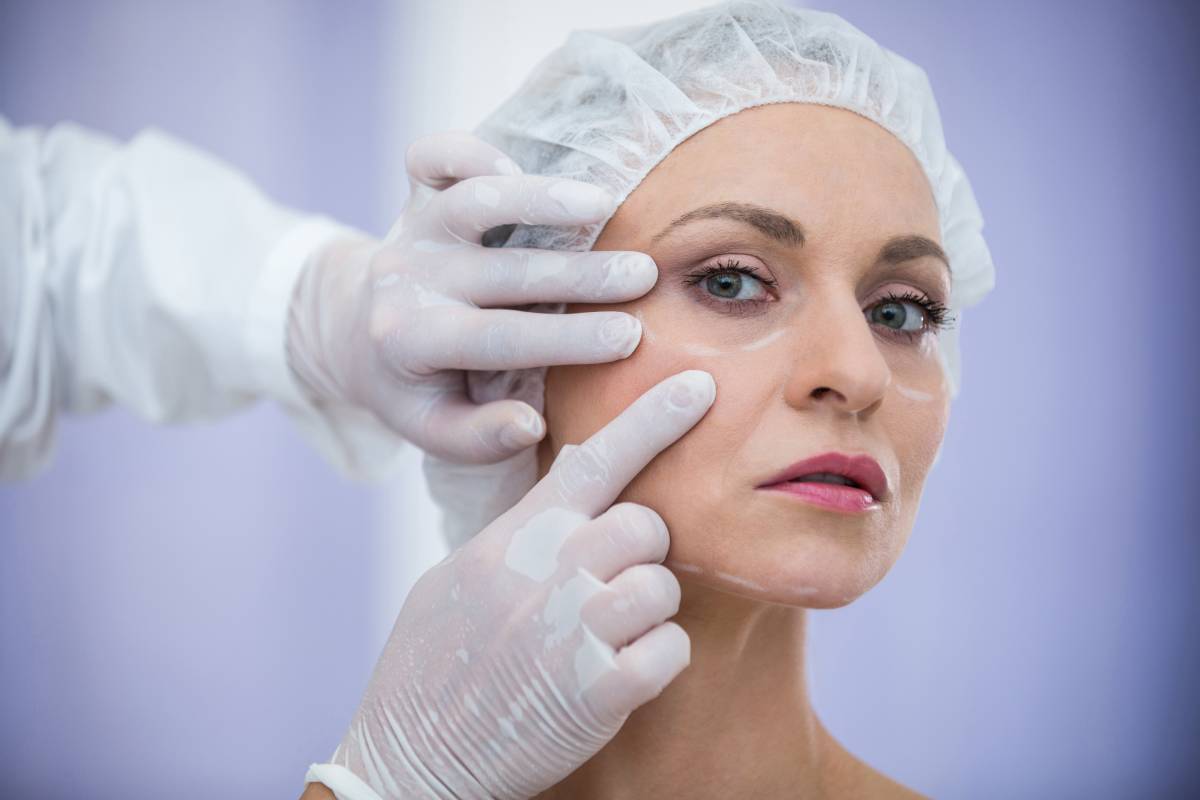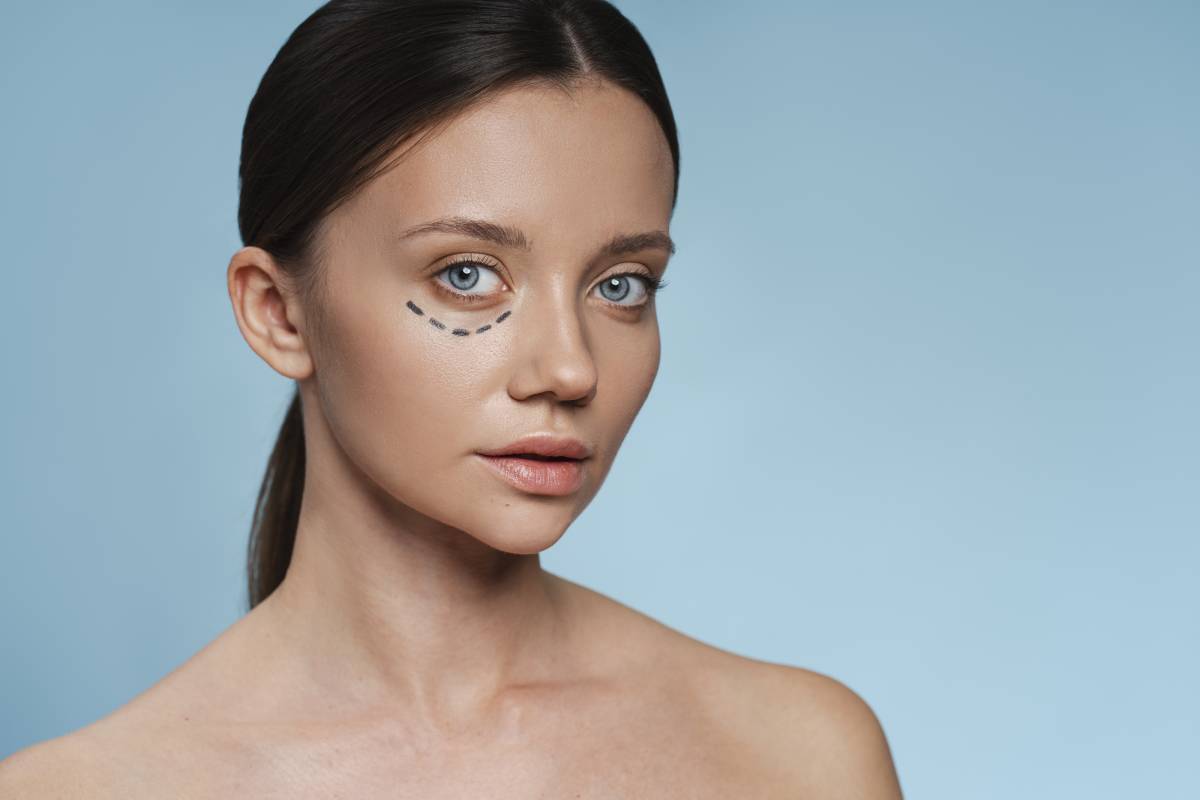Amazing New Face Blog

Under-Eye Filler Risks: Can It Cause Swelling or Lumps?
If you’ve ever looked in the mirror and wished for smoother, more youthful under-eyes, you’re not alone. Under-eye fillers have become a popular cosmetic treatment to combat dark circles, hollows, and fine lines. But like any procedure, they come with potential risks—especially swelling and lumps.
So, can under-eye fillers really cause these side effects? And if so, how can you minimize the risks? In this guide, we’ll break down everything you need to know, from how fillers work to what you should do if something goes wrong.
What Are Under-Eye Fillers?
Under-eye fillers are injectable gels (usually made of hyaluronic acid) that add volume beneath the eyes, reducing shadows, hollows, and wrinkles. They’re a non-surgical alternative to blepharoplasty (eyelid surgery) and can provide results that last 6–18 months.
Common Types of Under-Eye Fillers
- Hyaluronic Acid (HA) Fillers (e.g., Restylane, Juvederm) – Most popular, reversible with hyaluronidase.
- Calcium Hydroxylapatite (CaHA) (e.g., Radiesse) – Less common, longer-lasting but harder to dissolve.
- Poly-L-lactic Acid (e.g., Sculptra) – Stimulates collagen but requires multiple sessions.
HA fillers are the safest choice for under-eyes because they’re softer and can be adjusted if needed.
Common Under-Eye Filler Risks: Swelling & Lumps
While under-eye fillers are generally safe when performed by an experienced injector, side effects can happen. The two most common concerns are swelling and lumps.
-
Swelling After Under-Eye Fillers
Swelling is a normal part of the healing process, especially in the delicate under-eye area. Here’s what you need to know:
Why Does Swelling Happen?
- Trauma from the needle – Even a tiny injection can cause temporary inflammation.
- Hyaluronic acid attracts water – HA fillers hold moisture, which can lead to puffiness.
- Bruising – Blood vessels may leak, causing fluid buildup.
How Long Does Swelling Last?
- Mild swelling – Usually subsides within 24–48 hours.
- Moderate swelling – Can last 3–7 days.
- Severe swelling – Rare, but if it persists beyond a week, see your provider.
How to Reduce Swelling
- Apply cold compresses(10 minutes on, 10 minutes off).
- Sleep with your head elevatedfor the first few nights.
- Avoid salty foods and alcohol(they increase fluid retention).
- Use arnica gel or bromelain supplements(natural anti-inflammatories).
Tired of Dark Circles and Hollow Under-Eyes? Get Natural, Safe Results at amazing new face!
At amazing new face, we specialize in precise, natural-looking under-eye fillers with minimal downtime and maximum safety. Our board-certified experts use the latest techniques to ensure smooth, youthful results—without unwanted swelling or lumps.
-
Lumps or Bumps After Under-Eye Fillers
Lumps are less common but can occur due to:
Causes of Lumps
- Uneven product distribution – If filler isn’t injected smoothly.
- Overfilled areas – Too much product in one spot.
- Migration – Filler shifting after injection.
- Poor technique – Injecting too superficially can create visible bumps.
Are Lumps Permanent?
- HA fillers can be dissolved with hyaluronidase.
- Non-HA fillers (like Radiesse) may require time to settle or manual massage.
How to Fix Lumps
- Gentle massage(only if your provider recommends it).
- Wait 2 weeks– Some lumps resolve on their own.
- Dissolve with hyaluronidase– If lumps don’t improve.
Additional Resources
- 10 Myths About Fillers You Should Stop Believing Today
- Can Chin Fillers Help Improve Facial Symmetry?
- Can Under-Eye Fillers Help with Fine Lines and Wrinkles?
- Hyaluronic Acid Fillers vs. Collagen Fillers: Which is Best for You?

How to Minimize Under-Eye Filler Risks
Choose an Experienced Injector
- Look for a board-certified dermatologist or plastic surgeon.
- Check before-and-after photos of their under-eye filler work.
- Avoid med spas with untrained injectors.
Pre-Treatment Prep
- Avoid blood thinners (aspirin, ibuprofen, fish oil) for 3–5 days before.
- Skip alcohol 24 hours prior to reduce bruising.
Post-Treatment Care
- No rubbing or pressure on the area for 48 hours.
- Avoid strenuous exercise for 24–48 hours.
- Stay hydrated to help with swelling.
When to See a doctor
While mild swelling and slight unevenness are normal, seek medical help if you experience:
Severe, worsening swelling (could indicate infection or allergy).
Blurred vision or pain (rare but serious vascular complication).
Hard, discolored lumps that don’t improve after 2 weeks.
FAQ: Under-Eye Filler Risks
- Can under-eye fillers cause long-term swelling?
Most swelling resolves within a week. Persistent swelling could indicate an allergy or infection.
- Are lumps normal after fillers?
Small lumps can happen but usually smooth out. If they don’t, they can be dissolved.
- Can fillers make under-eye bags worse?
If too much filler is used or it’s placed incorrectly, it can create a puffy look.
- How do I know if my injector is qualified?
Choose a provider with extensive experience in under-eye filler specifically.
Conclusion
Under Eye Fillers Treatment can be a game-changer for dark circles and hollows—but like any cosmetic treatment, they come with risks. Swelling is common and usually temporary, while lumps can often be fixed with massage or dissolving agents.
The key to success lies in choosing a skilled injector, following aftercare instructions, and knowing when to seek help. If you’re considering under-eye fillers, book a consultation with a trusted professional to discuss your options safely.
Why Choose Amazing New Face?
Seeking a highly skilled professional for your aesthetic needs? With over 20 years of experience, I specialize in Botox, fillers, PRP, and mesotherapy, delivering natural, beautiful results customized to your unique features.
As a graduate of Tehran University of Medical Sciences and a former specialist at Iran’s top beauty clinic, I bring expertise and precision to every treatment. Your safety, confidence, and satisfaction are my top priorities.
Ready to enhance your beauty? Book your consultation today and experience expert care designed just for you!
